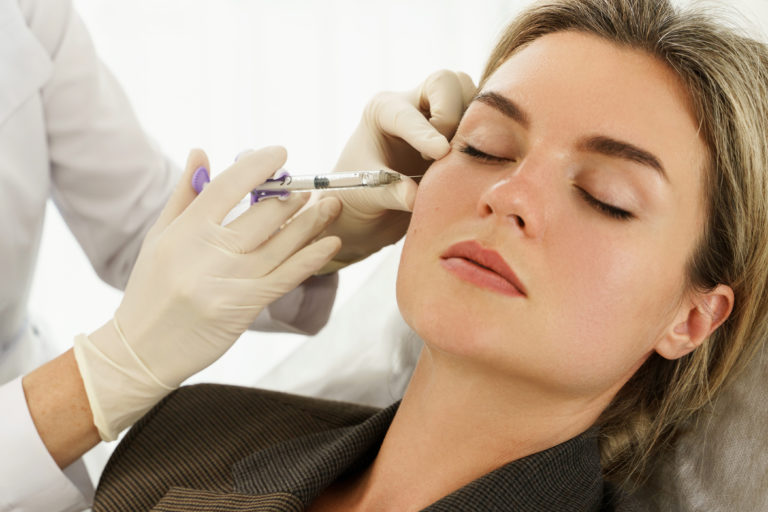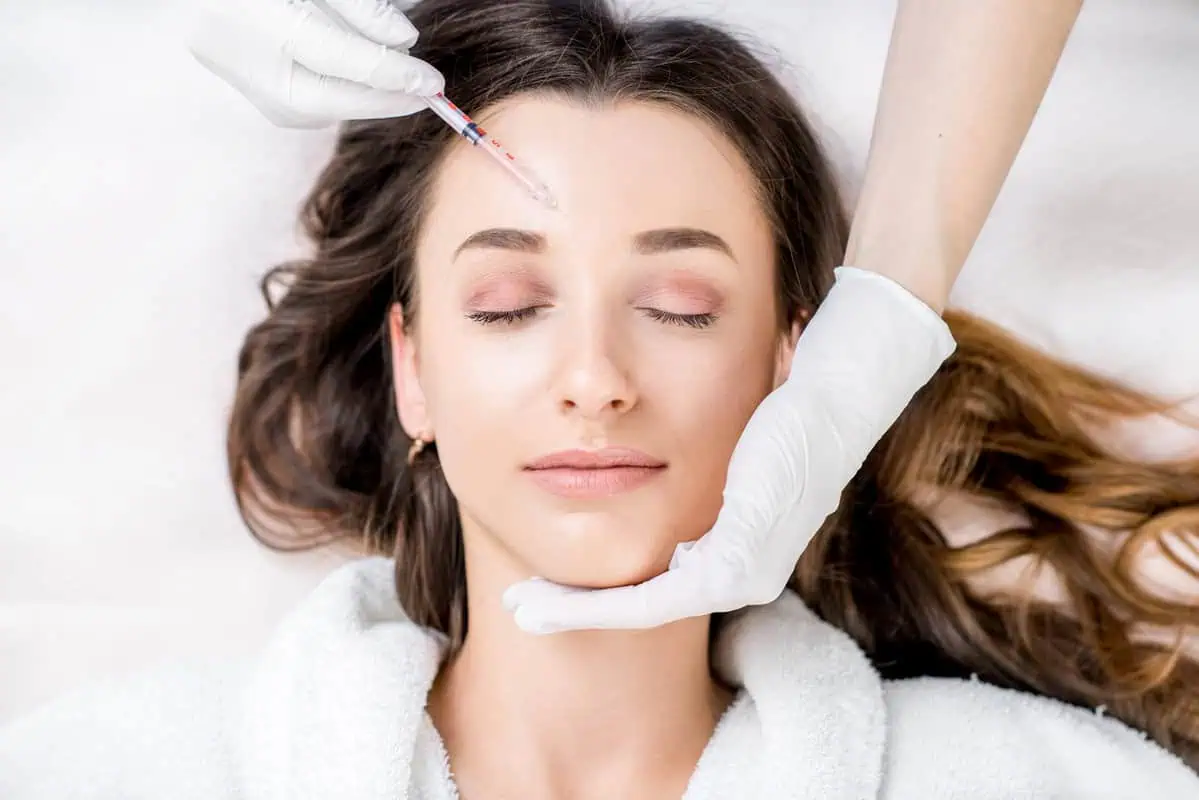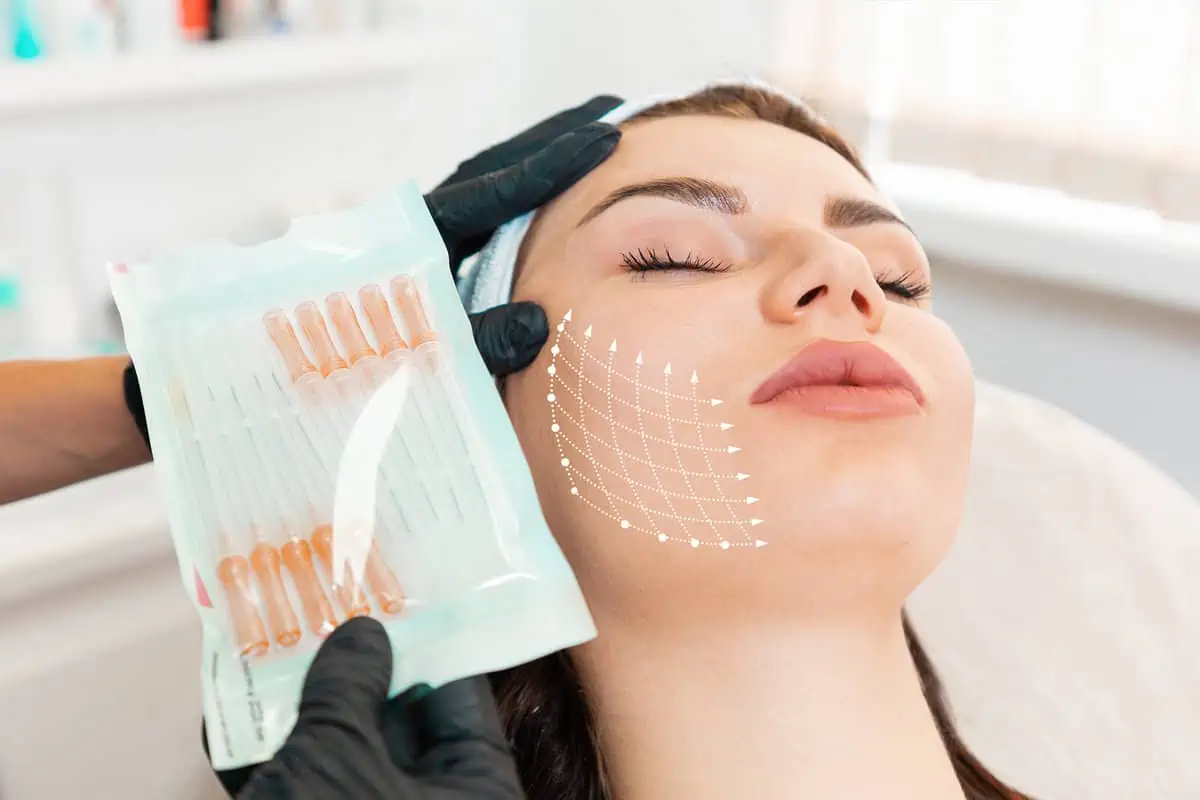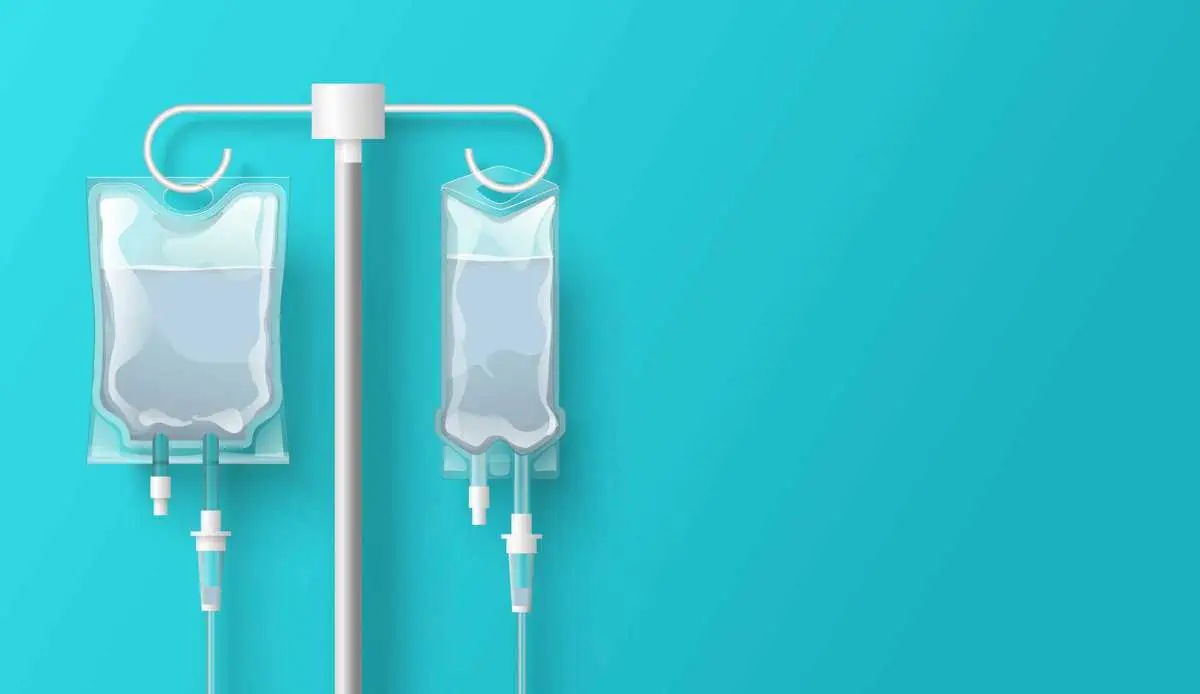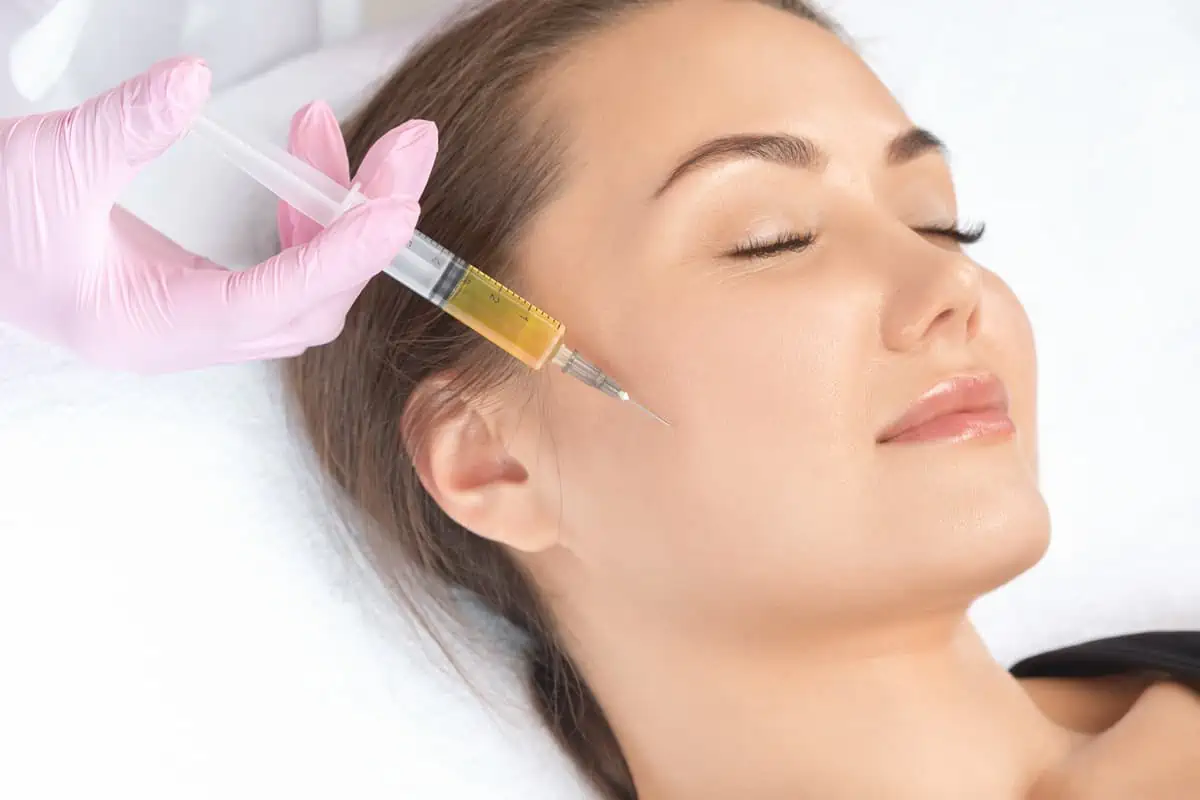As cosmetic dermatology revolutionized, facial fillers or dermal fillers became a go-to treatment in anti-aging, as evidenced by many products in the market. It is an FDA-approved procedure used by well-trained professionals and is typically safe to reduce the appearance of lines and wrinkles that give a natural, softer look. Face fillers or dermal fillers are small injections of gel, typically made of hyaluronic acid, adding volume to soft tissue and filling in wrinkles. With age, the body stops producing collagen and elastin, contributing to the youthful look. Experts even argue that we start losing collagen at the age of 25. Consequently, collagen and elastin levels then decline at a rate of about 2% per year. As a matter of fact, dermal fillers revitalize and instantly add facial volume to the area by boosting the skin with this naturally occurring substance. Correspondingly, it works by imitating a naturally occurring substance within the body, which is a sugar molecule that naturally exists in almost all living organisms. Its normal function is to bind water, so it acts as a shock absorber and lubricant in the parts of the body that are movable, such as joints.
What Can Dermal Fillers Treat?
Dermal fillers can treat the following conditions:
- Enhancement and restoration of the volume of the sunken cheeks or temples
- Improves the symmetry of the facial features
- To enhance and plump the lips
- To diminish the vertical lip lines
- Fill the hands that have loose skin and decrease the appearance of veins
- Smooth out the wrinkles chin areas
- Smooth out smile lines, marionette lines, and parentheses
- Treat the wrinkles around the chest area and the lower neck
What Are The Types Of Facial Fillers?
The procedure can be used in different parts of the face, such as around the eye, cheeks, jawline, and mouth, as well as lip fillers administered directly into the lip tissue. The most common type of facial filler is hyaluronic acid, the natural substance found in many body areas, including eyeballs, joints, and skin, that can hold 1000x its weight in water. Below are the types of facial fillers:
- Calcium hydroxylapatite (Radiesse). This filler is used to contour the jawline, treat deeper wrinkles and skin folds, and restore the cheeks. When used for contouring, the result may last for a year, while it may take up to three years when used to fill wrinkles.
- Fat grafting. This filler uses the fat removed from the lower abdomen or other areas through liposuction. It gets injected through small incisions into the patient’s cheek, temple, lips, or forehead. It has been said that the effects of this filler might be permanent. However, achieving the desired results usually requires more than one session of injections, and overfilling the site can compensate for the body’s reabsorption of the fat.
- Hyaluronic acid (Restylane, Juvederm, others). As mentioned, this has been the most common dermal filler that comes from a natural component of the skin’s connective tissue used for wrinkles. Nonetheless, the results typically last about six months to one year.
- Permanent soft tissue filler (Artefill). This filler can address deep wrinkles around the mouth as it smoothes this area. The body cannot absorb this type of filler, so it doesn’t require reinjection since the body can’t absorb this type of filler. Generally, this filler is suggested as a facial filler treatment for first-timers.
- Poly-L-lactic acid (Sculptra). This filler can help restore facial volume lost due to aging or illness. Two or three injections are usually required. The effects last up to two years.
What To Expect During The Procedure?
First, the licensed medical professional will start with the aesthetic evaluation of the face considering the patients’ goal of restoring the original look or wanting a new and different look. The assessment of the appearance of the skin will help determine the areas on the face to be lifted by the dermal filler of choice. Sometimes, the medical professional will mark the face to guide where they will be making the injections. The targeted area will then be cleansed with an antibacterial agent in preparation for the injections. In addition to cleaning the skin, the medical professional may administer a topical anesthetic to numb the site to avoid discomfort. The hyaluronic acid-based fillers such as Restylane and Juvederm contain a natural anesthetic and do not require any additional numbing agents.
Moreover, the actual injections only take a few moments per site, and the entire procedure time varies according to the number of injections. Afterwhich, the surgeon will clean any marks made to the face after injecting the fillers. In addition, icing is usually recommended to alleviate any discomfort or swelling from the injection. At this point, makeup can be carefully applied, and you can get on with your regular daily activity. The surgeon usually warns not to put a lot of pressure on the sites that had been injected.
What Are The Side Effects Of This Procedure?
Most importantly, facial fillers must be done by a licensed medical professional only to avoid disaster in the targeted area. Injecting facial filler for wrinkles may have side effects. Like with any operation, dermal fillers may have side effects that include:
- Allergic reaction at the injection site may also occur throughout the body
- Bleeding or bruising at the injection site
- Infection
- Irregularities in the surface, contours, and firmness of the skin
- Rarely, damage to blood vessels
Facial fillers generally aren’t used for people whose immune systems are suppressed or who take blood-thinning medications (anticoagulants). Nonetheless, there may be slight discomfort while the filler is injected into the face, which the application of the anesthetic cream before treatment is usually made to provide further relief and alleviate as much pain as possible. Typically, those mild discomforts, bruising, and swelling will be resolved within a week. After the swelling goes down, there might be a need for a touch-up injection for best results. The effect lasts depending on factors such as the type of wrinkle and filler used.
The Bottom Line about Facial Fillers
As the body stops producing collagen in the late twenties, facial fillers provide effective filling lines and improve facial aesthetics. The Sand Bar Beauty Company offers Facial Fillers and other injected products containing collagen, hyaluronic acid, or calcium hydroxyapatite. They help rejuvenate facial skin by reducing or removing wrinkles, raising scarves depressions, and enhancing lips while replacing soft-tissue volume loss through injections.
